Inpatient hospital hyperglycemia is associated with increased morbidity and mortality.1,2 This is particularly true in the critically ill patient admitted to the intensive care unit (ICU).3–9 Critically ill patients who require ICU care for more than five days have as high as a 20% risk of death and significant morbidity.10 Hyperglycemia associated with insulin resistance is commonly encountered in the critically ill patient and is seen not only in those patients with pre-existing diabetes but also in those patients with undiagnosed diabetes and those with
Inpatient hospital hyperglycemia is associated with increased morbidity and mortality.1,2 This is particularly true in the critically ill patient admitted to the intensive care unit (ICU).3–9 Critically ill patients who require ICU care for more than five days have as high as a 20% risk of death and significant morbidity.10 Hyperglycemia associated with insulin resistance is commonly encountered in the critically ill patient and is seen not only in those patients with pre-existing diabetes but also in those patients with undiagnosed diabetes and those with stress hyperglycemia.11 Retrospective and post hoc analysis of large randomized controlled studies of intensive insulin therapy in the ICU suggests that patients with newly discovered hyperglycemia are at a greater mortality risk than patients with euglycemia or those with a previous diagnosis of diabetes.1,12 Adverse outcomes have been reported in various critically ill populations.3–5,8,9 In several patient populations, improved morbidity and mortality has been reported at blood glucose ranges defined as ‘tight’ (glucose 80–110mg/dl) or those below 140mg/dl.3,4 Areas of controversy and discussion are ongoing related to the appropriate blood glucose goals in critically ill patients, as well as how and when to measure blood glucose and what the most appropriate glucose and study metrics should be.13–16 The one consistent finding with the highest statistical significance in all outcome studies is the increase in the incidence of hypoglycemia associated with glucose control.3–6,17 The contribution of ‘hypoglycemic events’ to outcomes associated with glycemic control protocols remains a topic of interest and major concern.16 Until studies are completed with the same, near-zero hypoglycemia incidence randomized to different target goals, the optimum target glucose range is likely to always be dependent on the method of control.
Background
Numerous studies have investigated the benefits of glycemic control in critically ill patients.3–9,18,19 A retrospective study in a mixed medical– surgical ICU investigated a heterogeneous patient population with a treatment blood glucose goal of <140mg/dl. A significant improvement in mortality and morbidity was demonstrated compared with those patients with blood glucose >140mg/dl.18 Hyperglycemia and hypoglycemia affect the prognosis of hospitalized patients with diabetes and cardiac disease, and cardiovascular surgical patients.8,19,20 Hyperglycemia on admission in the patient with acute coronary syndrome or myocardial infarction (MI) has been associated with increased mortality,19 whereas reduction of glycemia is associated with improved outcomes.21 Optimal clinical outcomes were shown to be associated with mean glucose values between 100 and 140mg/dl for those patients with acute coronary syndrome,19 who displayed higher mortality associated with glucose levels lower than 100mg/dl or with mean blood glucose levels increasing above 140mg/dl, albeit increasing at a less steep rate per mg/dl. Cardiovascular surgical patients with diabetes and hyperglycemia have decreased wound infections and morbidity with improved glucose control.8
Three major prospective, randomized, controlled trials (RCT) of over 1,000 critically ill ICU patients have been reported in the medical literature.3–5 Perhaps the seminal study was that of Van den Berghe and colleagues published in 2001.3 This was a prospective RCT of 1,548 patients treated with intravenous insulin in the surgical ICU of University Hospital in Leuven, Belgium. In the group treated with intensive insulin therapy (IIT) to accomplish tight glycemic control (TGC), defined as a glucose goal of 80–110mg/dl, there was a 34% decrease of in-hospital mortality compared with the conventionally treated group with a glucose goal of 180–200mg/dl. Other measures of morbidity, including sepsis, acute renal failure requiring dialysis, need for blood transfusions, and polyneuropathy, were improved in the IIT group. However, in this study, hypoglycemia (blood glucose levels ≤40mg/dl) occurred in 5.1% of the intensive insulin group and 0.8% of the conventional group.
In 2006, the same group of investigators using the same treatment protocol published their results in 1,200 patients treated in the medical ICU. Unlike the initial study, conducted in a surgical ICU, there was no decrease in hospital mortality during the first three days in ICU in the intensive group (glucose goal 80–110mg/dl). Hypoglycemia, which occurred in 18.7% of patients in the intensive treatment group and 3.1% of the conventional group, was independently associated with a poor prognosis.4
In May 2009, the Normoglycemia in Intensive Care Evaluation and Survival Using Glucose Algorithm Regulation (NICE-SUGAR) study was published in the New England Journal of Medicine.5 This was a randomized, controlled, unblinded study of 6,104 adult patients admitted to medical and surgical ICUs in 42 hospitals, primarily in Australia and New Zealand. The group treated with IIT (glucose goal 81–108mg/dl) achieved a mean glucose level of 115mg/dl, whereas the group treated conventionally (glucose goal 144–180mg/dl) achieved a mean glucose level of 144mg/dl. Hypoglycemia (blood glucose levels ≤40mg/dl) was seen in 6.8% of the intensive group and 0.5% of the conventional group. The primary end-point, mortality at or before 90 days, was 27.5% in the intensive group versus 24.9% in the conventional group (p=0.02). The NICE-SUGAR investigators concluded that intensive glucose control increased mortality among adults in the ICU. A blood glucose target of 180mg/dl or less resulted in lower mortality than did a target of 81–108mg/dl. Contrary to the previous Leuven surgical ICU study,3 and compatible with the medical ICU study of patients treated for three days or less,4 the NICE-SUGAR mortality at 90 days was increased in the group treated with IIT, with no decrease in morbidity when compared with the conventional group.
Other smaller studies and meta-analyses have found conflicting results related to mortality and morbidity in ICU IIT-treated (glucose goal 80–110mg/dl) patients.6,7,13 A consistent observation in these studies is an increase in hypoglycemia in the group treated with IIT (glucose goal 80–110mg/dl).3–5,13 Severe hypoglycemia is a significant risk in the intensive insulin therapy of critically ill patients and is an independent risk factor for increased morbidity and mortality.4,22 A potential problem in published large trials is the utilization of the Leuven insulin infusion protocol. In the original van den Berghe paper, the protocol reported an incidence of hypoglycemia (≤40mg/dl) in the IIT group of 5.1 versus 0.8% in the conventional group.3 Other studies utilizing the same IIT protocol demonstrated an increased incidence of hypoglycemia ranging from 5.1 to 24% in the intensively treated group.3,4,23 All protocols need to be appropriately applied, but in the literature the Leuven insulin protocol utilization and others have the disadvantage of lack of standardization in application.23–25 It is unknown whether utilization or application of the Leuven protocol influenced hypoglycemic risk in the reported studies.
Although a standard protocol was utilized in NICE-SUGAR, problems with protocol application accounted for a significant number of patients who experienced hypoglycemia.26 Following review of the literature and pertinent available data, the American Association of Clinical Endocrinologists (AACE) and the American Diabetes Association (ADA) issued a consensus statement on inpatient glycemic control.16 The resultant goals for inpatient glucose control and previous goals are seen in Table 1. The committee predicated the basis of the guidelines as:
“until further information becomes available, to continue to emphasize the importance of glycemic control in hospitalized patients with critical and non-critical illness while aiming at targets that are less stringent than 80 to 110 mg/dl.”16
Additional areas of discussion in the evaluation of glucose control and in the methods utilized to attain that control in the critically ill patient involve:
• point-of-care (POC) testing of blood glucose;
• the use or non-use of supplemental caloric administration during IIT; and
• the influence of glucose variability on morbidity and mortality.15,27–29
Reliability of POC blood glucose testing is extremely important to patient safety in the hospital setting. Accuracy of POC devices and an understanding of differences in whole blood and plasma glucose measurements are essential. The hospital environment presents the opportunity for multiple confounding factors to be present at once. Variables unique to the patient must be considered, particularly in situations where discrepancies arise between bedside glucose measurement and the clinical presentation.15
The use or non-use of IIT with supplemental calories can significantly affect metabolism in the critical care setting as well as blood glucose levels and the amount of infused insulin necessary to attain glucose goals. The cardioprotective, neuroprotective, and antiapoptotic effect of intravenous insulin is realized primarily in the setting of euglycemia versus hyperglycemia.30 Therefore, this potential variable in critical care therapy must be addressed in treatment and in evaluation of the published literature.
Blood glucose variability in critically ill patients has been identified as a strong independent risk factor for increased mortality in the ICU setting.27–29 This particular metric is important in the selection of the type of insulin therapy utilized in the ICU and must be considered when evaluating treatment protocols and outcomes.
Computer-guided Glucose Management Systems
The management of critically ill inpatients with hyperglycemia is complex and necessitates an approach that facilitates safe practices and reduces the risk of errors. Both the over-treatment and the undertreatment of hyperglycemia represent potential safety issues in hospitalized patients with and without diabetes.1,2,4,22 Various treatment modalities are available to accomplish this goal. They encompass the use of paper protocols and computer-guided glucose management systems (CGGMS).31–34
Numerous paper protocols are currently in use to accomplish improved metabolic control in the ICU.31,32 These insulin infusion algorithms have been reviewed in depth by Braithwaite and Clement.33 The application of paper protocols is often complex, requiring strict adherence to timing of blood glucose monitoring and the availability of specific patient data. One option in supporting nursing in the application of and adherence to the paper protocol is the application of computer technology, or CGGMS.34–36 CGGMS algorithms for infusing intravenous insulin include the mathematical equivalent of bedside paper protocols and newer, more complicated mathematical protocols that would be difficult if not impossible to ask the bedside care-giver to perform on a frequent basis.
Performing the mathematics in the computer and simply adding an alarm to remind the user of the time the next blood glucose is due would certainly lead to improved protocol performance. In general, these algorithms use a previous blood glucose, insulin infusion rate, current blood glucose, and time interval between testing to assign the next blood glucose, test time, and insulin infusion rate in order to achieve glycemic targets.33 Shulman and colleagues found computerization of algorithms still may not result in easy attainment of tight glycemic control (glucose 80–110mg/dl), especially during the early stages of infusion.35 Other investigators, including Kanji, the Specialized Relative Insulin and Nutrition Tables (SPRINT) investigators, and investigators utilizing the Glucose Regulation for Intensive Care Patients (GRIP) system, demonstrated improved target glucose achievement.25,37,38
In a recent review of the literature by Eslami and colleagues, 17 peerreviewed studies on implementation and outcomes using CGGMS for TGC (glucose 80–110mg/dl) are reported. Of the 17 studies, two were prospective RCTs studying fewer than 100 patients, seven were prospective observational or controlled studies, six were retrospective, and two were observational without mention of the study design.34 As with studies of IIT, studies of CGGMS report on at least one quality indicator that is affected positively; however, the diversity of the studies in terms of case mix, insulin therapy, associated therapies, and indicators used severely hampers study comparisons and prevents valid meta-analysis; a common ‘vocabulary’ is lacking. This common vocabulary is essential and has been offered as a potential solution for evaluation and comparison of studies.14,34 There are no randomized studies with different target ranges utilizing CGGMS to control both arms of the study. Basically, all of the randomized studies for target range effect on outcome have used paper protocols with the different target ranges. The most consistent finding of these studies has been a highly significant increase in hypoglycemic incidences in the lower glucose target population. The consequences of this increased incidence of hypoglycemia on outcomes has been associated with increased mortality in some studies.4,17 This consistent difference in the hypoglycemia incidence has been suggested as offsetting benefit derived from glucose control.16
Essential Success Factors for Computer-guided Glucose Management Systems
There are several CGGMS characteristics that are essential. CGGMS can help reduce the risk of insulin infusion calculation errors and standardize insulin therapy. The systems must facilitate the appropriate use of scheduled insulin therapy administered by nursing staff that is educated and knowledgeable in glycemic management. This is essential to attain safe and appropriate levels of glycemic control in the hospitalized ICU patient and achieve maximal benefit of the CGGMS.
The CGGMS should be integrated into the workflow of the nursing staff with the clinical decision at the POC. Some systems use computerized ordering systems (computerized physician order entry [CPOE]) as the starting point, with integration of a CGGMS into this system.38 Others use computers positioned close to the glucose analyzer as the location for nurse–system interaction.39
Common features among most CGGMS are that they are stand-alone systems not integrated into other clinical information systems. They are specific to a given patient and furnish management support if the clinical care for the patient is not in accord with protocol. Reminders regarding glucose measurement are received automatically without the need to query and often include audible alarms. The majority of systems receive reminders for insulin infusion rate that require clinicians to ask for advice. In most of the reported studies, the blood glucose is manually entered by the user into a separate CGGMS database. This is due to unavailability of the data electronically or due to lack of connection to the CGGMS. Since intravenous insulin has a short half-life and there is a pharmacodynamic delay in insulin action, any connection between the POC device and the CGGMS will need to be immediate and fail-safe.33
In three of the studies reported by Eslami, the data were electronically accessed.34 Thirty percent of studies reviewed utilized ‘if–then’ on a varying scale of intravenous insulin. This involves a list of simple rules, with a condition (the ‘if’) and a conclusion part (the ‘then’), and is based on the current blood glucose measurement. The conclusion corresponds to the amount of insulin.34 The majority of the reviewed studies utilize formula-based protocols relying on a familiar, simple equation (e.g. insulin dose/hour = [blood glucose – 60 x multiplier (insulin sensitivity)].33,34,40 In a single study, individualized patient modeling was accomplished by using multiple mathematical algorithms.41 The software up- and downregulates a quadratic insulin dosing relationship based on the entered blood glucose readings from the POC device. Utilization of engineering control mathematics allows consideration of the previous four dose responses to regulate the dosing relationship. In this small, prospective, RCT in a cardiovascular ICU, improved glucose control with a decreased mean time to capture range, and decreased ICU time, were accomplished. Patients spent 84% of their time in the desired range (90–150mg/dl) without an increase in hypoglycemia. Our experience with this system in a larger cardiovascular surgery population has demonstrated improved glycemic control with significant improvement in the incidence of hypoglycemia (unpublished data). Furthermore, the system provides recommended basal–bolus insulin doses when transition to subcutaneous insulin is appropriate.
At present, CGGMS afford an improved approach to facilitate ‘tighter’ glucose goals with a reduced incidence of hypoglycemia, and in some systems a reduced nurse and physician workload. Attainment of improved glycemic control in critically ill patients has been reported to be cost-effective.42 The cost-effectiveness of different CGGMS intuitively would seem to be equal; however, it may vary significantly depending on the system used, and this awaits further study.
As treatment systems for hyperglycemia continue to evolve with utilization of closed-loop glucose monitoring, hypoglycemia, decreased blood glucose variability, and problems with POC blood glucose measurement should continue to improve. This will allow the attainment of improved glucose goals and even greater patient safety, with the hopeful result of decreased morbidity and mortality.
Glycemic control using intravenous insulin has been shown to improve outcomes in critically ill as well as non-critically ill patients. The appropriate control of blood glucose in the ICU is a demanding process complicated by the critical and complex patient who often presents with numerous co-morbid conditions.
Although the entity of tight glucose control is difficult to attain and the evidence-based data cannot be objectively compared, at present the use of CGGMS has introduced a treatment modality that affords an opportunity to accomplish appropriate blood glucose goals utilizing complicated mathematics not amenable to bedside use with the potential of a very low incidence of hypoglycemia and improved patient safety.
Glucose Control in the Critically Ill Patient Utilizing Computerized Intravenous Insulin Dosing
Abstract
Overview
Abstract
Hyperglycemia and hypoglycemia in the critically ill patient are associated with increased morbidity and mortality. Numerous studies have investigated the benefits of glucose control in the critically ill patient receiving intravenous insulin. Tight glucose control (blood glucose 80–110mg/dl) in this patient population has been difficult to achieve. When accomplished, it has been accompanied by an increased risk of hypoglycemia and in some studies increased mortality. Computer-guided glucose management systems (CGGMS) offer an alternative to paper protocols for the attainment of improved glucose control in critically ill patients requiring intravenous insulin. CGGMS provide a way to achieve improved glucose control with reduced hypoglycemia while reducing insulin infusion calculation errors and standardizing insulin therapy, thus improving patient safety.
Keywords
Hyperglycemia, hypoglycemia, tight glucose control, computer-guided glucose management system, intravenous insulin
Disclosure: The author has no conflicts of interest to declare. As a consultant, he works with a healthcare system that uses a computerized glucose management system.
Received: September 17, 2009 Accepted: November 30, 2009
Correspondence: Samuel E Crockett, MD, PO Box 740060, Orange City, FL 32774. E: drummer63@cfl.rr.com
Article
References
- Umpierriez GE, Isaacs SD, Bazargan N, et al., Hyperglycemia: an independent marker of in-hospital mortality in patients with undiagnosed diabetes, J Clin Endocrinol Metab, 2002;53: 978–82.
- Krinsley JS, Association between hyperglycemia and hospital mortality in a heterogeneous population of critically ill patients, Mayo Clin Proc, 2003;78:1471–8.
- Van den Berghe G, Wouters P, Weekers F, et al. Intensive insulin therapy in critically ill patients, N Engl J Med, 2001;345: 1359–67.
- Van den Berghe G, Wilmer A, Hermans G, et al., Intensive insulin therapy in the medical ICU, N Engl J Med, 2006;354: 449–61.
- NICE-SUGAR Study Investigators, Intensive verses conventional glucose control in critically ill patients, N Engl J Med, 2009;360:1283–97.
- Wiener RS, Wiener DC, Larson RJ, et al., Benefits and risks of tight glucose control in critically adults: a meta-analysis, JAMA, 2008;300:933–44.
- Griesdale DE, deSouza RJ, van Dam RM, et al., Intensive insulin therapy and mortality among critically ill patients: a meta-analysis including NICE-SUGAR study data, CMAJ, 2009;180:821–7.
- Furnary AP, Gao G, Grunkmeier GI, et al., Continuous insulin infusion reduces mortality in patients with diabetes undergoing coronary bypass grafting, J Thorac Cardiovas Surg, 2003;125:1007–27.
- Bochicchio GV, Sung J, Joshi M, et al., Persistent hyperglycemia is predictive of outcome in critically ill trauma patients, J Trauma, 2005;58:921–4.
- Takala J, Ruokonen E, Webster NR, et al., Increased mortality associated with growth hormone treatment in critically adults, N Engl J Med, 1999;341:785–92.
- Dungan KM, Braithwaite SS, Preiser JC, Stress hyperglycemia, Lancet, 2009;373:1798–1807.
- Van den Berghe G, Wilmer A, Milants I, et al., Intensive insulin therapy in mixed medical/surgical intensive care units: benefit versus harm, Diabetes, 2006;55:3151–9.
- Lipshutz AK, Gropper MA, Perioperative glycemic control, Anesthesiology, 2009;110:408–21.
- Eslami S, de Keizer NF, Schultz MJ, et al., A systemic review on quality indicators for tight glycemic control in critically ill patients: need for unambiguous indicator reference subset, Critical Care, 2008;12:R139.
- Dungan K, Chapman J, Braithwaite, SS, et al. ,Glucose measurement: confounding issues in setting targets for inpatient management, Diabetes Care, 2007;30:403–9.
- Moghissi ES, Korytkowski MT, DiNardo M, et al., American Association of Clinical Endocrinologists and American Diabetes Association consensus statement on inpatient glycemic control, Endocr Pract, 2009;15:353–69.
- Arabi YM, Dabbagh OC, Tamim HM RJ, et al., Intensive versus conventional insulin therapy: A randomized controlled trial in medical and surgical critically ill patients, Crit Care Med, 2008;36:3190–97
- Krinsley JS, Effect of an intensive glucose management protocol on the mortality of critically ill adult patients, Mayo Clin Proc, 2004;79:992–1000.
- Krosiborod M, Rathore SS, Inzucchi SE, et al., Admission glucose and mortality in elderly patients hospitalized with acute myocardial infarction: implications for patients with and without recognized diabetes, Circulation, 2005;111: 3078–86.
- Turchin A, Matheny ME, Shubina M ,et al., Hypoglycemia and clinical outcomes in patients with diabetes hospitalized in the general ward, Diabetes Care, 2009;32:1153–7.
- Krosiborod M, Inzucchi SE, Krumholtz HM, et al., Glucometrics in patients hospitalized with acute myocardial infarction: defining the optimal outcomes-based measure of risk, Circulation, 2008;117:1018–27.
- Krinsley JS, GroverA, Severe hypoglycemia in critically ill patients: risk factors and outcomes, Crit Care Med, 2007;35: 2262–7.
- Brunkhorst FM, Engel C, Bloos F, et al., Intensive insulin therapy and pentastarch resuscitation in severe sepsis, N Engl J Med, 2008;358:125–39.
- Preiser JC, Devos P, Ruiz-Santana S, et al., A prospective randomized trial on tight glucose control by intensive insulin therapy in adult intensive care units: the Glucontrol study, Intensive Care Med, 2009 July 28 (Epub ahead of print).
- Knji S, Singh A, Tierney M, et al. ,Standardization of intravenous insulin therapy improves the efficiency and safety of blood glucose control in critically ill adults, Intensive Care Med, 2004;31:359–66.
- Clark N, Finer S, and the NICE-SUGAR Study Investigators, Regulation (NICE-SUGAR) analysis of the first 100 hypoglycaemic events. Available at: www.anzca.edu.au/ jficm/resources/ccr/2007/september/niceSugar.html/ ?searchterm (accessed February 25, 2009).
- Krinsley JS, Glycemic variability: a strong independent predictor of mortality in critically ill patients, Crit Care Med, 2008;36:3008–13.
- Egi M, Bellomo R, Stachowski E, et al., Varibility of blood glucose concentration and short-term mortality in critically ill patients, Anesthesiology, 2006;105:244–52.
- Dossett LA, CAO H, Mowery NT, et al., Blood glucose variability is associated with mortality in the surgical intensive care, The American Surgeon, 2008;74:679–85.
- Dandona P, Chaudhuri A, Ghanim H, et al., Proinflammatory effects of glucose and anti-inflammatory effect of insulin: relevance to cardiovascular disease, Am J Cardiol, 2007; 99(Suppl.):15B–26B.
- Nazer LH, Chow SL, Moghissi ES, Insulin infusion protocols for critically ill patients: a highlight of differences and similarities, Endocr Pract, 2007;13:137–46.
- Blaha J, Kopecky P, Matias M, et al., Comparison of three protocols for tight glycemic control in cardiac surgery patients, Diabetes Care, 2009;32:757–61.
- Braithwaite SS, Clement S, Algorithms for intravenous insulin delivery, Curr Diab Rev, 2008;4:258–68.
- Eslami S, Abu-Hanna A, de Jonge E, et al., Tight glycemic control and computerized decision-support systems: a systemic review, Intensive Care Med, 2009 June 27 (Epub ahead of print).
- Shulman R, Finney SJ, O’Sullivan C, et al., Tight glycemic control: a prospective observational study of a computerised decision-supported intensive insulin therapy protocol, Crit Care, 2007;11:R75.
- Rood E, Bosman RJ, van der Spoel JI, et al.,Use of a computerized guideline for glucose regulation in the intensive care unit improved both guideline adherence and glucose regulation, J Am Med Inform Assoc, 2005;12:172–80.
- Lonergan T, Compte AL, Willacy M, et al., A pilot study of the SPRINT protocol for tight glycemic control in critically ill patients, Diabetes Technol Ther, 2006:8:449–62.
- Boord JB, Sharifi M, Greevy RA, et al., Computer-based insulin infusion protocol improves glycemia control over manual protocol, J Am Med Inform Assoc, 2007;14:278–87.
- Vogelzang M, Zijlstra F, Nijsten MW, et al., Design and implementation of GRIP: a computerized control system at a surgical intensive care unit, BMC Med Inform Decis Mak, 2005;5:38
- Braithwaite SS, Intensive insulin therapy, Curr Opin Endocrinol Diabetes Obes, 2008;15:159–66.
- Saager L, Collins GL, Burnside B, et al., A randomized study in diabetic patients undergoing cardiac surgery comparing computer-guided glucose management with a standard sliding scale protocol, J Cardiothorac Vasc Anesth, 2008;22: 377–382.
- Krinsley JS, Jones RL, Cost analysis of intensive glycemic control in critically ill adult patients, Chest, 2006;129:644–50.
Further Resources

Trending Topic
Approximately 20–34% of hospitalized patients have a diagnosis of diabetes, while many others experience stress hyperglycaemia, both increasing the occurrence of dysglycaemia in the hospital.1 Hyperglycaemia is associated with increased infection rates and higher mortality rates. Conversely, hypoglycaemia can lead to adverse neurological outcomes, prolonged hospital stays, as well as increased mortality.1 In spite of current guidelines […]
Related Content in Diabetes

We are pleased to present the latest issue of touchREVIEWS in Endocrinology, which offers a timely and thoughtprovoking collection of articles that reflect both the continuity and evolution of diabetes and metabolic disease research. In an era where technology, public ...
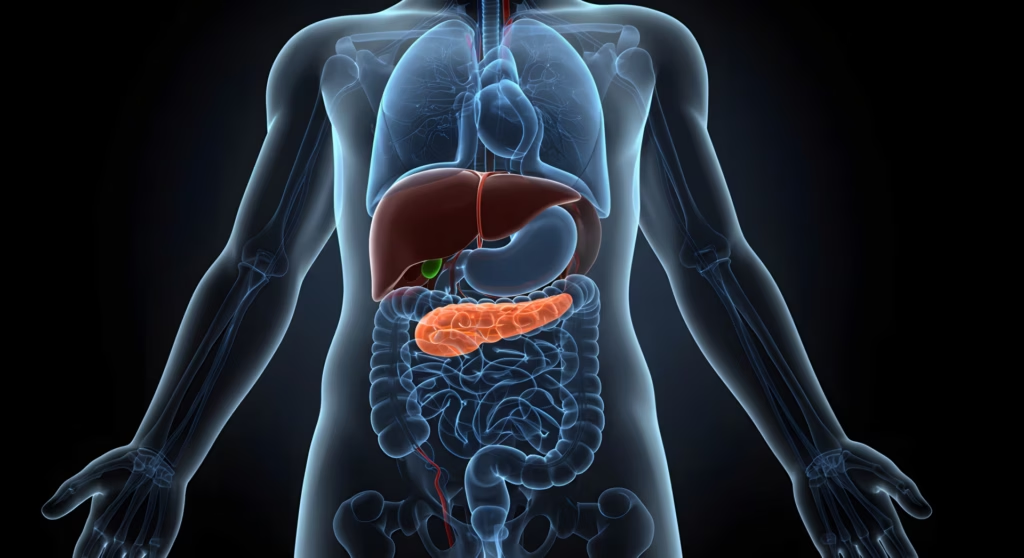
Coronavirus disease 2019 (COVID-19) is a life-threatening infection caused by severe acute respiratory syndrome coronavirus 2 (SARS-CoV-2).1 Diabetes mellitus is one of the most frequent comorbidities, related to hospitalization due to SARS-CoV-2 infection, as well as a risk factor for disease severity, ...
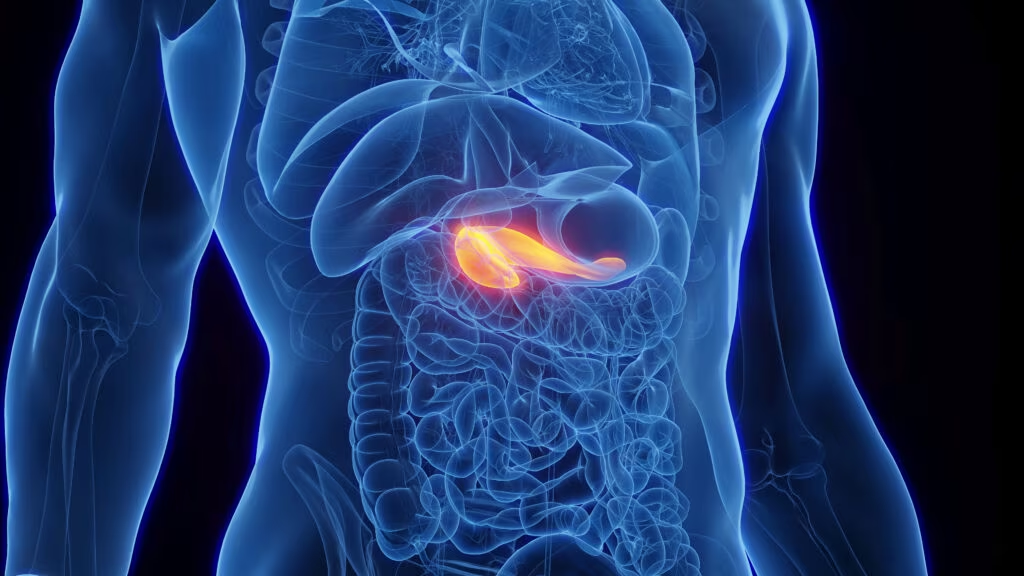
Diabetes is a chronic disease associated with both acute and chronic complications. Many advances have been introduced throughout history to address these problems. While each clinical breakthrough was welcomed with relief and the expectation that a solution had been discovered, ...
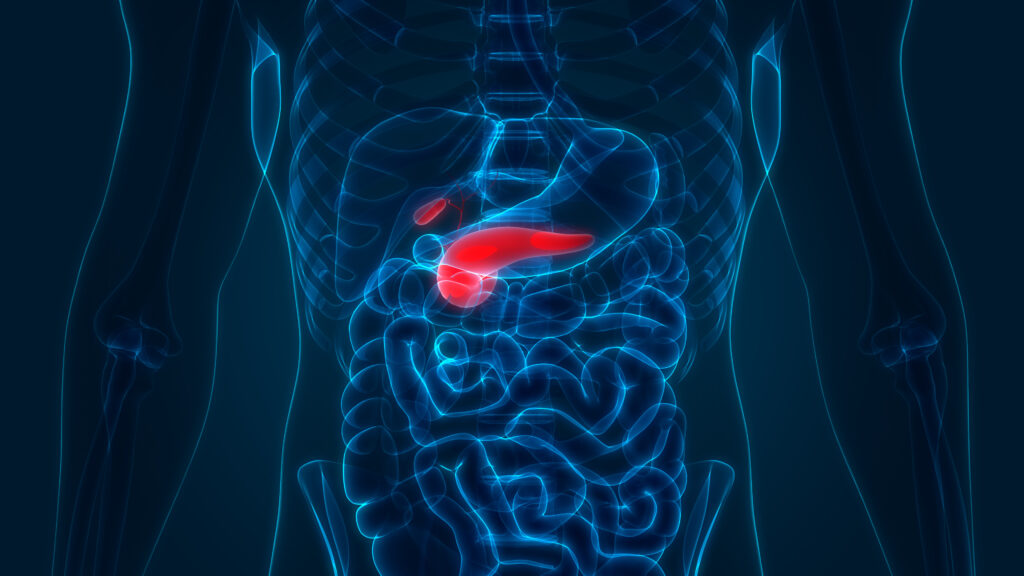
Article Highlights Early use of sodium–glucose co-transporter-2 inhibitors following myocardial infarction was associated with the following factors: Lower hospitalization for heart failure (odds ratio [OR]: 0.75; 95% confidence interval [CI]: 0.62–0.90; p=0.002). Similar cardiovascular deaths (OR: 1.04; 95% CI: 0.83–1.30; p=0.76). Similar all-cause mortality (OR: 1.00; 95% ...
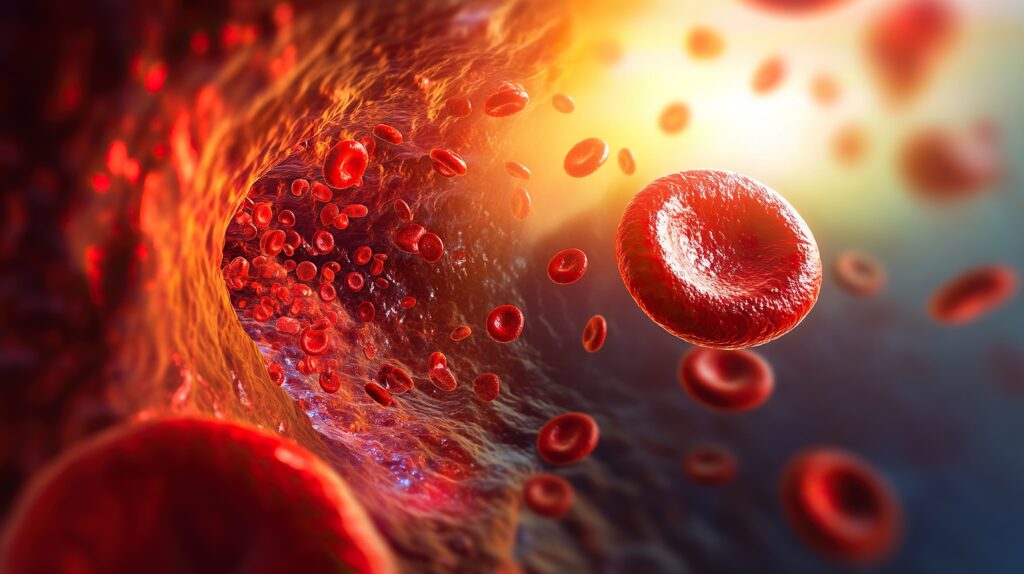
Very few trials in the history of medical science have altered the treatment landscape as profoundly as the UK Prospective Diabetes Study (UKPDS). Even 44 years after its inception, the trial and post-study follow-up findings continue to fascinate and enlighten the ...

It is with great pleasure that we present this latest issue of touchREVIEWS in Endocrinology, which brings together a diverse array of high-quality articles focused on the evolving landscape of endocrine disorders. The importance of patient-centred care is exemplified in ...

Dry eye disease (DED) is known as dry eye syndrome (DES) or keratoconjunctivitis sicca. According to the Tear Film and Ocular Surface Society’s Dry Eye Workshop II (TFOS DEWS II), it constitutes a multifactorial disease of the ocular surface, ...
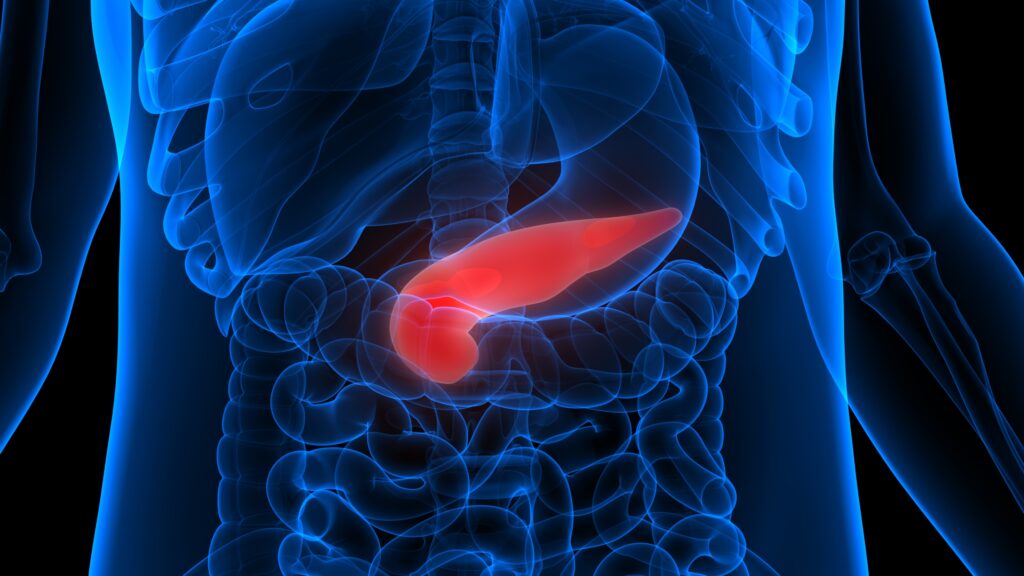
The prevalence of diabetes during pregnancy is rapidly increasing. In the USA alone, an estimated 1–2% of pregnant women have type 1 diabetes (T1D) or type 2 diabetes (T2D), and an additional 6–9% develop gestational diabetes.1 From 2000 to 2010, the prevalence of gestational ...

Dipeptidyl peptidase-4 (DPP-4) is a ubiquitous, multifunctional, 766-amino acid, type 2 transmembrane glycoprotein, which participates in the regulation of metabolic functions, immune and inflammatory responses, cancer growth and cell adhesion.1 It has two forms: the first is a membrane-bound form, which ...

Metformin Metformin has been recommended as the first-line glucose-lowering agent for the management of type 2 diabetes (T2D) for several decades due to its efficacy and safety profile.1–3 In fact, metformin has been widely used as an insulin-sensitizing agent for ...

Welcome to the latest edition of touchREVIEWS in Endocrinology, which features a range of review, case report and original research articles that highlight some key developments in our understanding and management of endocrinological disease. We begin with a commentary from ...

Type 2 diabetes (T2D) continues to pose an ever-greater global health challenge, with 1.31 billion individuals predicted to be living with diabetes globally by 2050; the majority of whom will have T2D.1 Closely linked to T2D is metabolic dysfunction-associated steatotic ...
Latest articles videos and clinical updates - straight to your inbox
Log into your Touch Account
Earn and track your CME credits on the go, save articles for later, and follow the latest congress coverage.
Register now for FREE Access
Register for free to hear about the latest expert-led education, peer-reviewed articles, conference highlights, and innovative CME activities.
Sign up with an Email
Or use a Social Account.
This Functionality is for
Members Only
Explore the latest in medical education and stay current in your field. Create a free account to track your learning.

